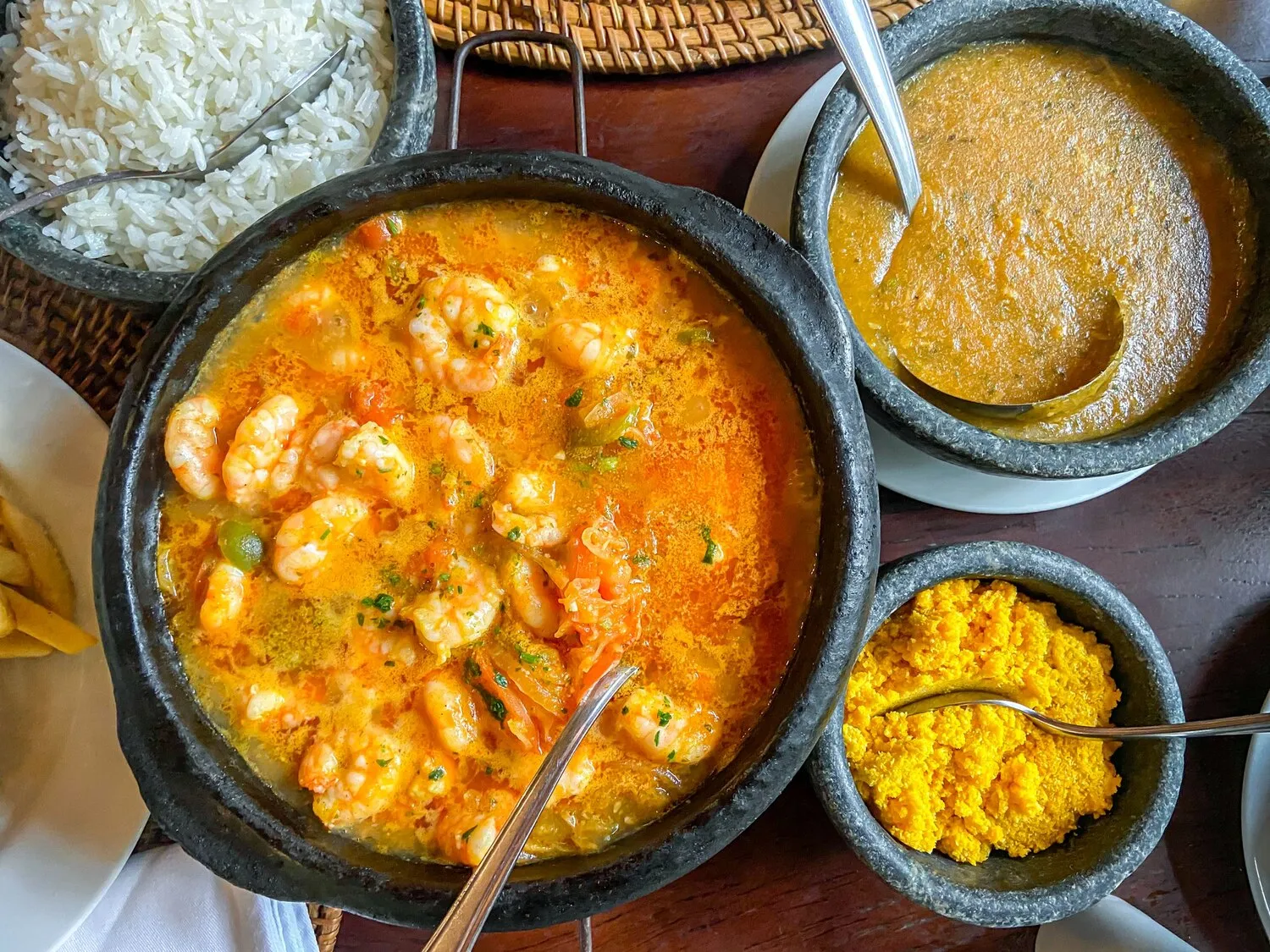
Ghormeh Sabzi
A flavorful stew made with herbs, kidney beans, and beef. Served with rice.
Nutrition Facts
* The % Daily Value (DV) tells you how much a nutrient in a serving of food contributes to a daily diet. 2,000 calories a day is used for general nutrition advice.
Yaas Grill House (Location Two)
Ghormeh Sabzi boasts a history deeply intertwined with Persian culinary traditions. While specific origins are difficult to pinpoint, the use of herbs and dried ingredients suggests roots in ancient practices of preserving and utilizing seasonal bounty. The dish likely evolved over centuries, with regional variations developing based on available ingredients and local preferences.
Ghormeh Sabzi holds a special place in Iranian culture, often considered a national dish and a symbol of home and hospitality.
A Dish of Celebration
Ghormeh Sabzi is frequently served at Norooz (Persian New Year) and other special occasions, representing prosperity and renewal. Its presence on the table signifies a celebration and a gathering of loved ones.
A Taste of Home
For Iranians living abroad, Ghormeh Sabzi evokes strong feelings of nostalgia and connection to their homeland. It is a comforting dish that represents family traditions and cultural identity.
Regional Variations
While the core ingredients remain consistent, Ghormeh Sabzi recipes can vary regionally, with different herbs and spices used to reflect local tastes. This adds to the dish's richness and diversity.
Ghormeh Sabzi is a symphony of savory, herbaceous, and slightly sour flavors, creating a complex and deeply satisfying taste experience.
The distinct flavor profile comes from a blend of fresh herbs like parsley, cilantro, spinach, and fenugreek, which provide a bright, grassy, and slightly bitter base. Dried limes (limoo amani) contribute a unique tartness and smoky depth. Kidney beans add a creamy texture and earthy flavor, while the beef (or lamb) provides richness and umami. The slow cooking process allows the flavors to meld together, creating a harmonious and intensely flavorful stew.
Herb Preparation is Key
Thoroughly wash and finely chop the herbs. The ratio of herbs is crucial for balancing the flavors. Don't be afraid to experiment, but stick to the core blend of parsley, cilantro, spinach, and fenugreek (if available).
Sautéing the Herbs
Sautéing the herbs properly is essential for developing depth of flavor. Cook them until they are fragrant and have released their moisture, turning a darker green color. Avoid burning them.
Dried Limes (Limoo Amani)
Pierce the dried limes with a fork before adding them to the stew to release their flavor. Some prefer to soak them in hot water beforehand to soften them slightly and reduce bitterness.
Slow Cooking is Essential
Ghormeh Sabzi benefits from slow cooking, which allows the flavors to meld and the meat to become tender. Allow ample time for the stew to simmer gently.
Adjusting the Sourness
The sourness from the dried limes can vary. Adjust the number of limes used based on your preference and the desired level of tartness. You can also add a small amount of lemon juice or tamarind paste for extra sourness.
Explore additional Stew dishes and restaurants
Explore StewDiscover top dining spots and culinary experiences in North Vancouver.
Explore North VancouverLearn more about the food culture, restaurant scene, and culinary heritage of Canada.
Explore Canada